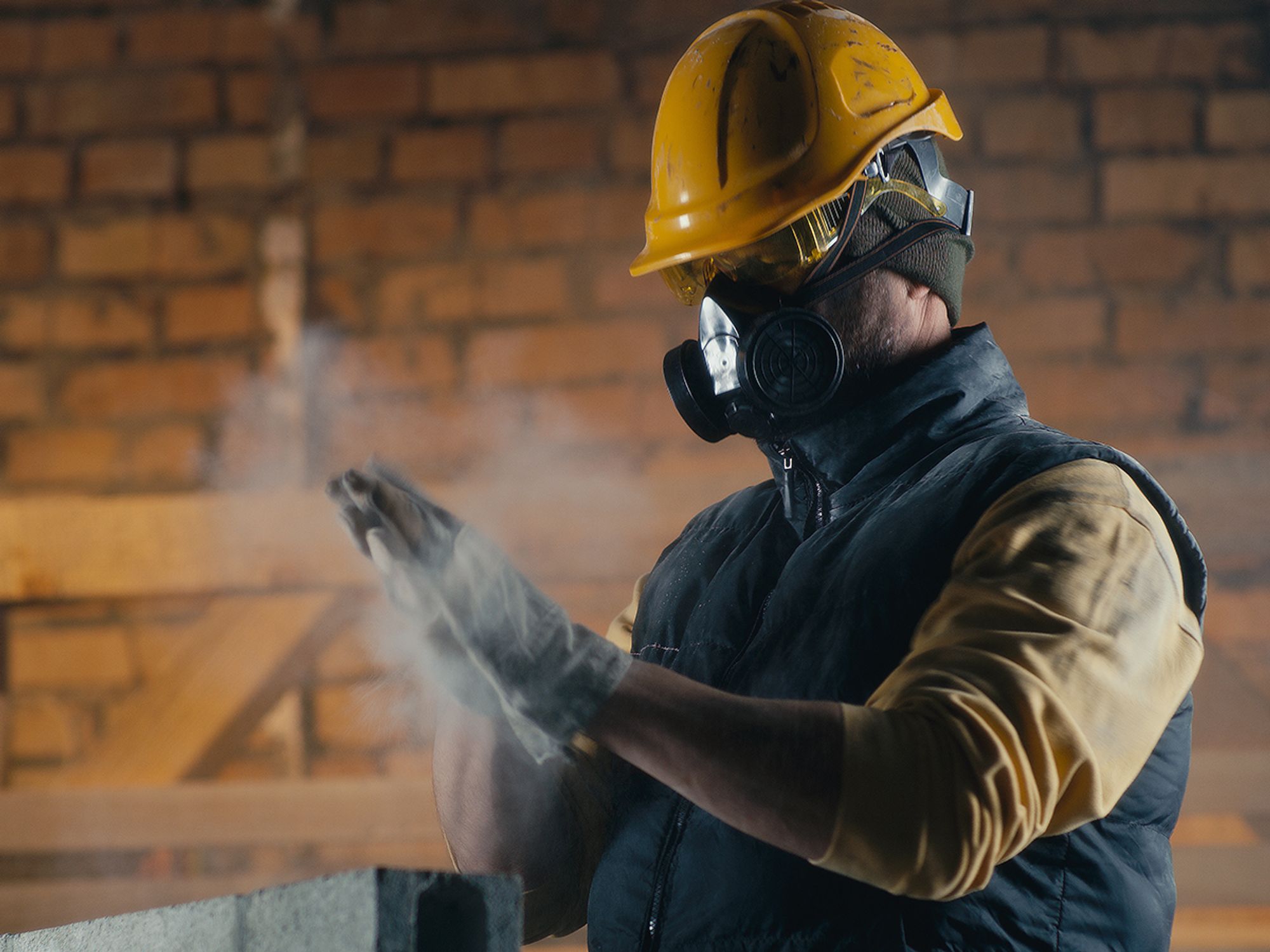Key definitions

- Key definitions for beryllium (construction) may be found in this section.
Action level: A concentration of airborne beryllium of 0.1 micrograms per cubic meter of air (μg/m3) calculated as an eight-hour time-weighted average (TWA).
Airborne exposure and airborne exposure: The exposure to airborne beryllium that would occur if the employee were not using a respirator.
Chronic beryllium disease (CBD): A chronic lung disease associated with airborne exposure to beryllium.
Competent person: An individual who is capable of identifying existing and foreseeable beryllium hazards in the workplace and who has authorization to take prompt corrective measures to eliminate or minimize them. The competent person must have the knowledge, ability, and authority necessary to fulfill the responsibilities set forth in paragraph (e) of 1926.1124.
Emergency: Any uncontrolled release of airborne beryllium.
High-efficiency particulate air (HEPA) filter: A filter that is at least 99.97 percent efficient in removing particles 0.3 micrometers in diameter.
Objective data: Information, such as air monitoring data from industry-wide surveys or calculations based on the composition of a substance, demonstrating airborne exposure to beryllium associated with a particular product or material or a specific process, task, or activity. The data must reflect workplace conditions closely resembling or with a higher airborne exposure potential than the processes, types of material, control methods, work practices, and environmental conditions in the employer’s current operations.
Physician or other licensed health care professional (PLHCP): An individual whose legally permitted scope of practice (i.e., license, registration, or certification) allows the individual to independently provide or be delegated the responsibility to provide some or all of the health care services required by paragraph (k) of 1926.1124.
